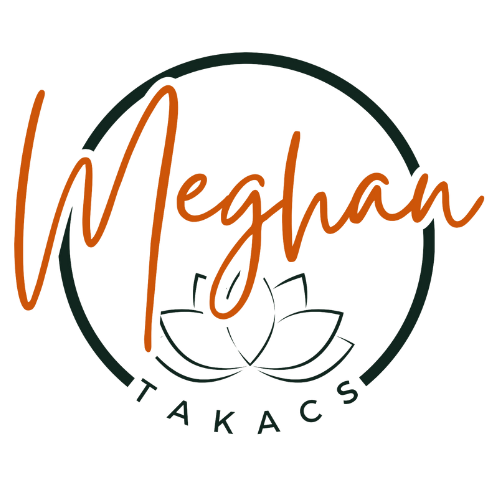The fitness world has seen a plethora of methods and ideologies designed to get people in the best shape of their lives. Two practices—Calisthenics and CrossFit—stand out in particular for their effectiveness and growing popularity.
The debate over which is superior has raged on forums, in gyms, and between fitness enthusiasts. So, what’s the real deal? We’re talking about both to give you everything you need to know.
Calisthenics Basics
Calisthenics has roots that go back to ancient Greece, and it essentially involves exercises that utilize one’s own body weight for resistance. It focuses on mastering control over your body and, consequently, offers a wide range of movements and exercises.
Origins and Philosophy
Calisthenics, derived from the Greek words ‘Kalos’ (meaning beauty) and ‘Sthenos’ (meaning strength), emphasizes the beauty of human movement. The aim is not only physical prowess but also fluidity, grace, and control. It’s often seen as a more ‘natural’ form of exercise because you utilize your body weight for resistance, making it more functional in many respects.
Core Exercises
Common workouts include abs exercises, push-ups, pull-ups, squats, and lunges. However, as you advance, you can move on to more complex movements like the muscle-up or the planche.
- Push-ups: Work primarily on the chest, triceps, and shoulders.
- Pull-ups: Target the back and biceps.
- Squats: Are great for the legs, particularly the quads, and hamstrings.
- Lunges: Focus on the quads and glutes. Mastering these basic exercises provides a solid foundation upon which you can build more advanced skills.
CrossFit Basics
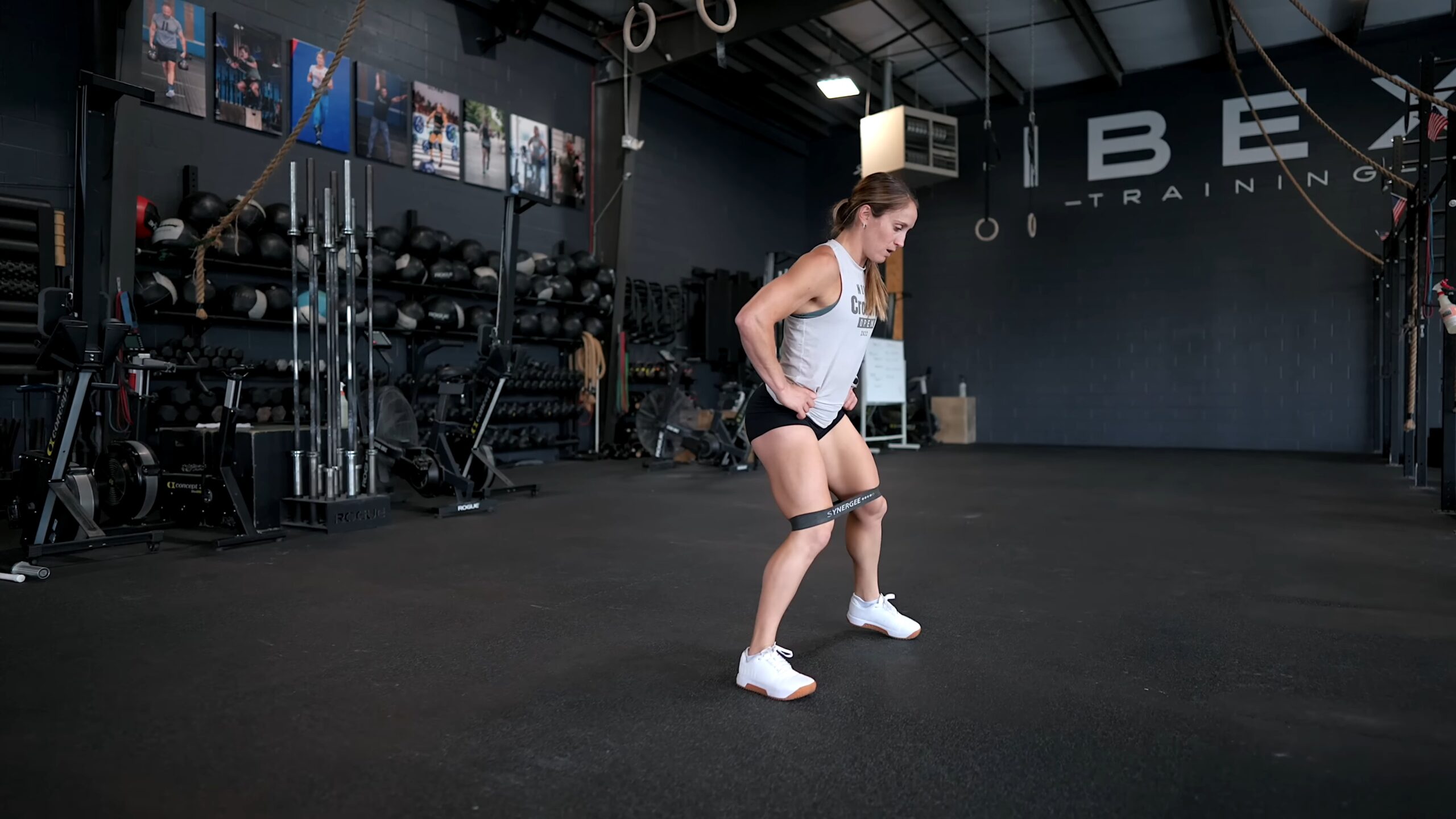
CrossFit, on the other hand, is a relatively newer kid on the block. Invented in the early 2000s, this form of high-intensity interval training has captured the attention of millions worldwide.
Origins and Philosophy
Created by Greg Glassman, CrossFit is designed to improve overall fitness and build a strong community of like-minded individuals. Unlike calisthenics, it involves not only bodyweight exercises but also weightlifting, cardio, and even elements from sports like gymnastics.
The philosophy centers around not specializing in one domain but being good at various aspects of fitness.
Core Exercises
CrossFit programs are diverse, including but not limited to:
- Weightlifting: Like squats, deadlifts, and snatches.
- Metabolic Conditioning: Think rowing, cycling, and running.
- Gymnastic Movements: Such as handstands and rope climbs.
- Functional Movements: Like kettlebell swings and box jumps. This diversity makes it appealing to people who enjoy changing up their workouts frequently.
Health Benefits
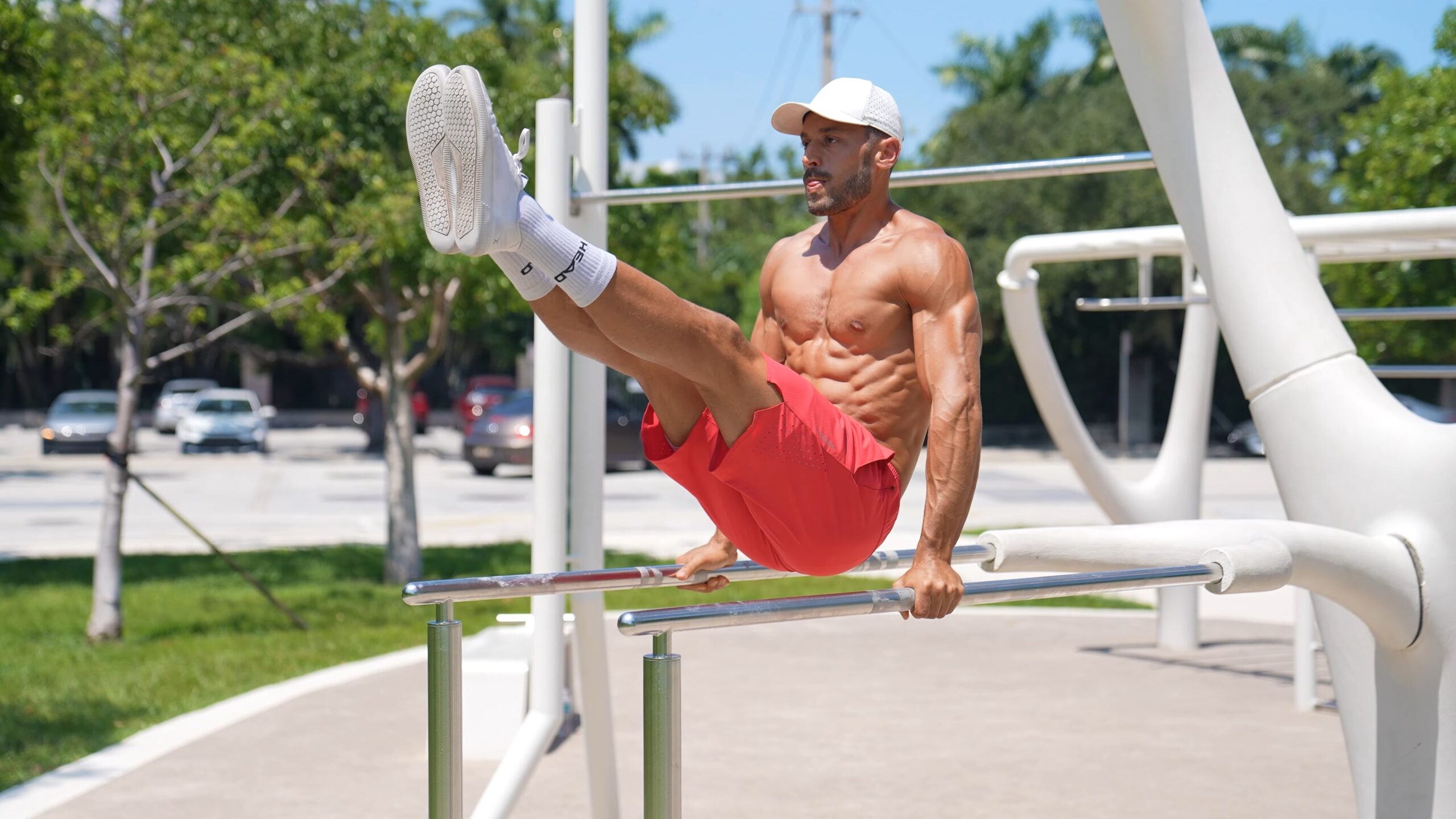
While both Calisthenics and CrossFit offer myriad health benefits, they do have their unique advantages.
Benefits of Calisthenics
Calisthenics helps improve flexibility, endurance, and strength simultaneously. It’s excellent for improving your body’s range of motion and can be particularly beneficial for long-term joint health. Since it focuses on body control, it also aids in enhancing your proprioception—the awareness of your body in space.
Benefits of CrossFit
CrossFit, meanwhile, is excellent for building strength quickly and efficiently. The intensity of the workouts means that you’re likely to see faster gains in a shorter time period. Additionally, the varied nature of CrossFit workouts can keep you more engaged, making it less likely that you’ll skip your exercise routine.
Equipment and Cost
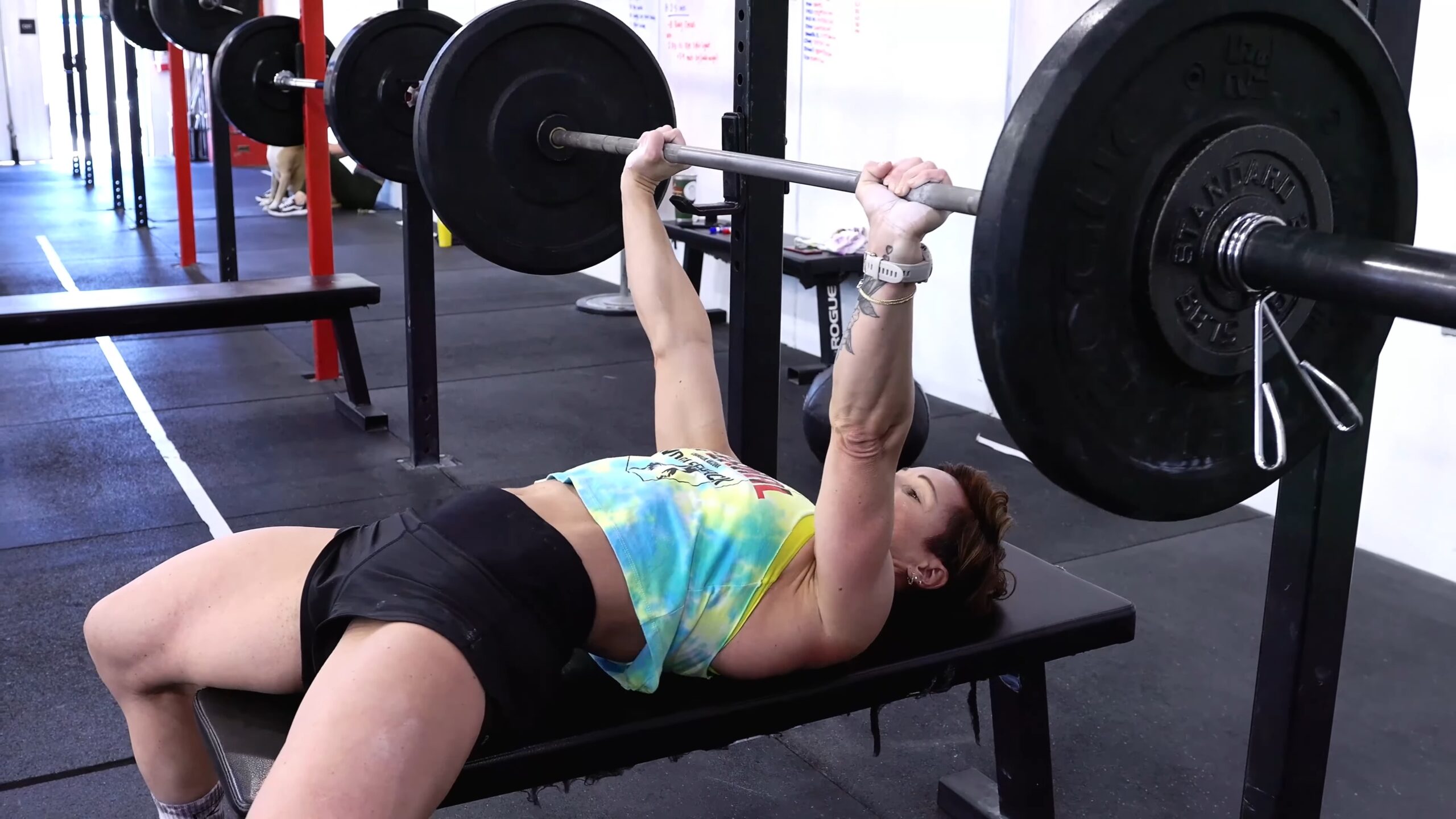
Let’s talk about the elephant in the room: the financial commitment you’ll have to make.
Calisthenics: Budget-Friendly
One of the biggest advantages of calisthenics is that it can be incredibly cost-effective. In most cases, you don’t need any equipment; a simple playground can often suffice.
- Outdoor Gyms: Free and open to everyone.
- Minimal Equipment: Resistance bands, a pull-up bar, or parallel bars are generally affordable.
- Apps and Online Courses: Low-cost compared to hiring a personal trainer.
CrossFit: Investment Required
CrossFit usually requires a more significant financial commitment. Most CrossFit workouts necessitate a membership at a specialized ‘box’ gym, and the equipment used is often costly.
- Membership Fees: Can range from $100-$200 a month.
- Equipment: Barbells, kettlebells, ropes, and more.
- Additional Costs: Personal training, nutritional supplements, and CrossFit-specific shoes and apparel can add up.
Versatility and Adaptability

Another angle to consider is how flexible each of these systems is in adapting to your individual needs and circumstances.
Calisthenics: The Versatile Option
The nature of calisthenics allows you to adapt the exercises to fit your level of fitness easily. You can start with simpler exercises and gradually make them more complex as you get stronger. This makes calisthenics suitable for all age groups and fitness levels.
- Beginners: Can start with basic push-ups, squats, and pull-ups.
- Intermediate: Can advance to handstands, pistol squats, and one-arm pull-ups.
- Advanced: Can try more complex movements like planches and front levers.
CrossFit: Scaled but Intense
CrossFit workouts can also be scaled to your fitness level, but the intensity remains a constant factor. This means that while you can adapt the exercises, you’ll always be pushed to your limits in every session.
- Beginners: The workouts are scaled down but remain intense.
- Intermediate: You’ll be introduced to more complex lifts and cardio routines.
- Advanced: Expect to master Olympic lifts and achieve high levels of cardio endurance.
Risk of Injury

It’s crucial to consider the risk of injury associated with any form of exercise, and both Calisthenics and CrossFit come with their set of considerations.
Injury Risk in Calisthenics
Calisthenics is generally considered lower-risk compared to many other forms of exercise. The gradual progression of body weight exercises often means you’re less likely to push your body beyond its limits. However, improper form can still lead to injuries, especially in more complex movements.
Injury Risk in CrossFit
CrossFit has often been criticized for its higher risk of injury, particularly for beginners. The intensity and complexity of the exercises can lead to strain or injury if not performed correctly. It’s essential to ensure you’re following proper technique, and many people find it helpful to work closely with a trained coach, especially when starting.
Customization and Personalization
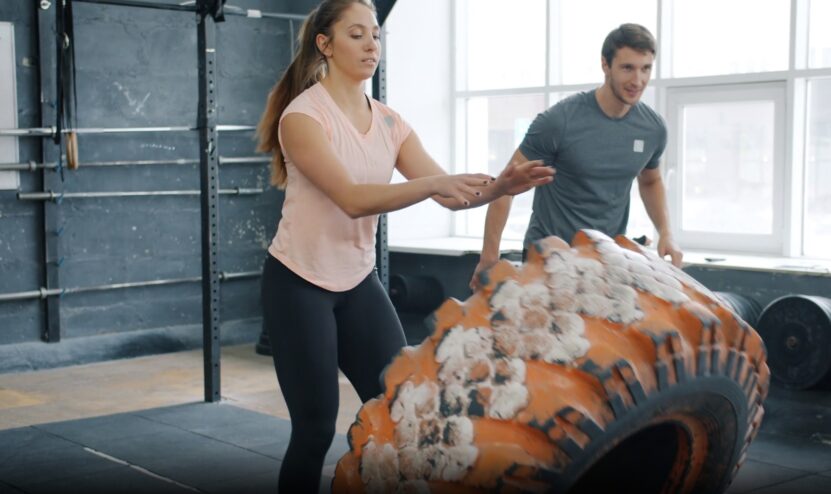
Your fitness journey is inherently personal, and the way you approach it should be tailored to your needs.
Customization in Calisthenics
Calisthenics offers an unparalleled level of customization. You can easily tailor your workout routines to target specific muscles or fitness goals. Whether you want to improve your upper body strength, lower body strength, or overall endurance, there’s a calisthenics routine for that.
Customization in CrossFit
CrossFit offers less room for customization, as the workouts are generally pre-defined and follow a set structure. However, many CrossFit coaches work with athletes to adapt the daily workout to their individual needs and limitations. If you enjoy structure but still want some level of personalization, this could be a good fit.
Community and Culture

Both Calisthenics and CrossFit have their unique communities and cultures that you might find appealing—or not.
The Calisthenics Community
Calisthenics often attracts individuals who enjoy the solitude and self-reliance that comes with mastering their bodies. Many practitioners see it as a form of self-expression and even art. However, there are also community-driven events like ‘street workout’ competitions and calisthenics parks where enthusiasts gather.
The CrossFit Community
CrossFit places a heavy emphasis on community. CrossFit ‘boxes’ often host events, and members sometimes even form teams to compete in regional and national competitions. The environment is often described as both collaborative and competitive, offering social benefits along with physical ones.
FAQs
Can Calisthenics and CrossFit be combined in a single workout routine?
Absolutely, many athletes and fitness enthusiasts successfully integrate elements from both Calisthenics and CrossFit into their routines. For instance, you might start your workout with some high-intensity cardio and weightlifting from the CrossFit realm and then move on to bodyweight exercises inspired by Calisthenics.
The key is to balance the two in a way that aligns with your specific fitness goals and ensures that you’re not overworking specific muscle groups.
Is one better than the other for weight loss?
Both Calisthenics and CrossFit can aid in weight loss but in slightly different ways. CrossFit’s high-intensity workouts might result in a higher number of calories burned in a shorter period, making it a compelling option for those looking for rapid weight loss. Calisthenics, however, tends to engage more muscles simultaneously and can also be effective for fat loss, albeit generally at a slower pace.
Can older adults safely participate in Calisthenics or CrossFit?
Older adults can participate in either, but precautions should be taken. Calisthenics might be more suitable as it often involves lower-impact exercises and can be scaled easily based on individual strength and flexibility.
CrossFit can be intense and may not be suitable for those with certain age-related health issues unless modifications are made. In either case, consultation with a healthcare provider is strongly advised before starting a new fitness regimen.
How quickly can I expect to see results?
The speed at which you’ll see results varies depending on your initial fitness level, the consistency of your workouts, and your diet. With CrossFit’s high-intensity nature, some people report noticeable changes within a few weeks.
Calisthenics tends to offer slower, more gradual improvements but can provide significant long-term gains in strength and flexibility.
Is CrossFit a form of Calisthenics?
While CrossFit does incorporate some calisthenic exercises, such as pull-ups and push-ups, it is not considered a form of Calisthenics. CrossFit is a branded fitness regimen that includes a broader range of activities, including weightlifting, cardio, and even aspects of Olympic weightlifting.
Calisthenics focuses solely on using your body weight for resistance and tends to emphasize control, form, and grace in movement.
Do I need a coach for Calisthenics or CrossFit?
While not strictly necessary, a coach can provide immense value, especially if you’re a beginner. In Calisthenics, a coach can guide you through the fundamentals and help you progress to more advanced movements safely.
In CrossFit, where there is a higher risk of injury due to the intensity and complexity of exercises, a certified coach can be even more critical. They can ensure that you’re following proper form and techniques, thereby minimizing the risk of injury.
The Final Verdict
There’s no one-size-fits-all answer when choosing between Calisthenics and CrossFit. Both have their merits and drawbacks and what’s most important is finding a routine that you’ll stick with and that will help you achieve your fitness goals.
Ultimately, the best choice may be a blend of both. Many CrossFit athletes use calisthenics as part of their training, and many calisthenics athletes will occasionally drop into a CrossFit box for a high-intensity workout. Whichever path you choose, make sure it aligns with your lifestyle, fitness level, and personal goals.
